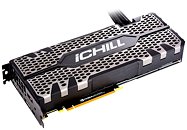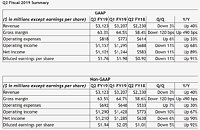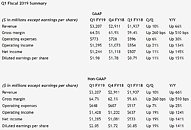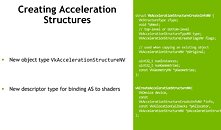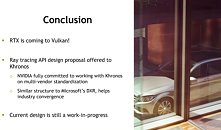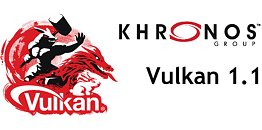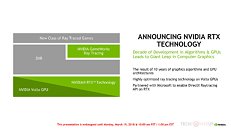
Inno3D Announces New iChill GeForce RTX-20 Series
INNO3D, a leading manufacturer of awesome high-end graphics hardware components and various innovations enriching your life, introduces a new family of INNO3D graphics cards based on the NVIDIA GeForce RTX 2080 Ti, RTX 2080 and RTX 2070 GPUs. The new generation of gaming cards will exist of a range of TWIN X2 products, a series of JET editions and the Brutal iCHILL BLACK editions.
The new NVIDIA GeForce RTX GPUs have reinvented graphics and set a new bar for performance. Powered by the new NVIDIA Turing GPU architecture and the revolutionary NVIDIA RTX platform, the new graphics cards bring together real-time ray tracing, artificial intelligence, and programmable shading. This is not only a whole new way to experience games-this is the ultimate PC gaming experience.
The new NVIDIA GeForce RTX GPUs have reinvented graphics and set a new bar for performance. Powered by the new NVIDIA Turing GPU architecture and the revolutionary NVIDIA RTX platform, the new graphics cards bring together real-time ray tracing, artificial intelligence, and programmable shading. This is not only a whole new way to experience games-this is the ultimate PC gaming experience.

